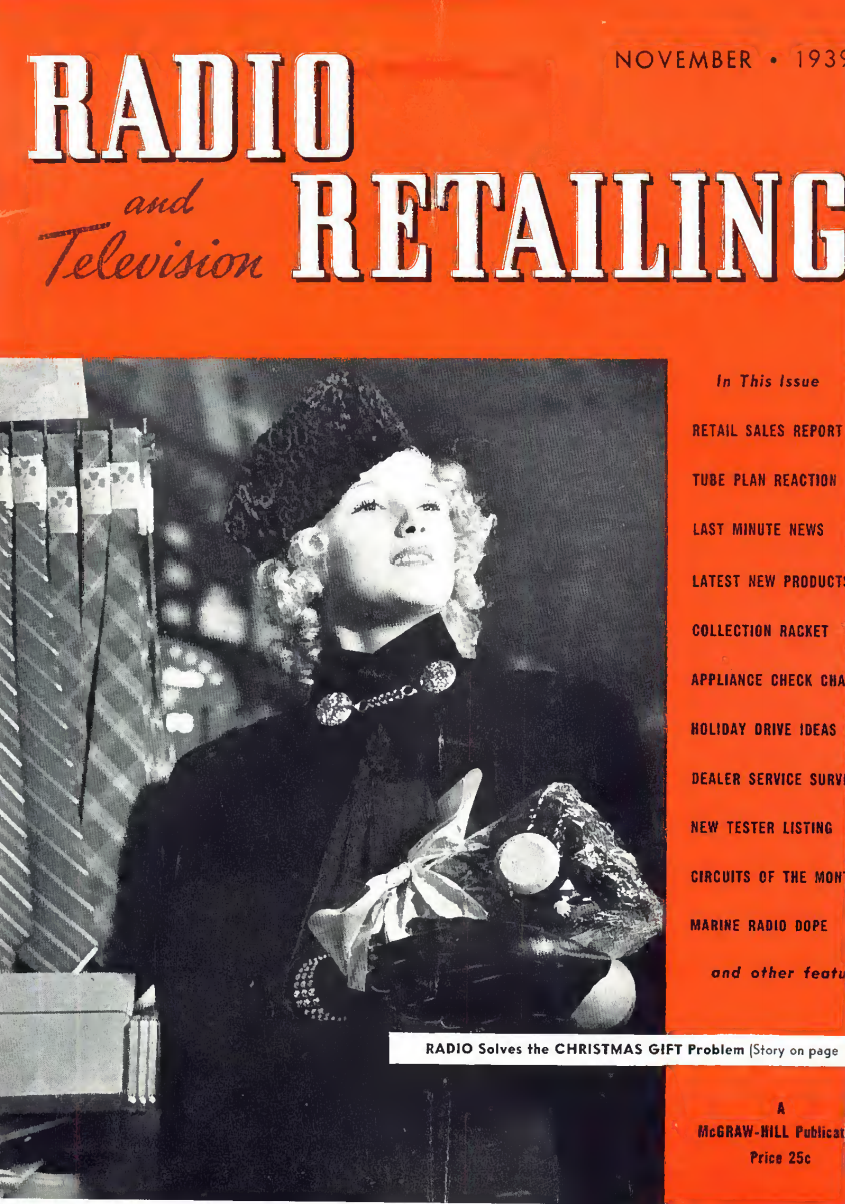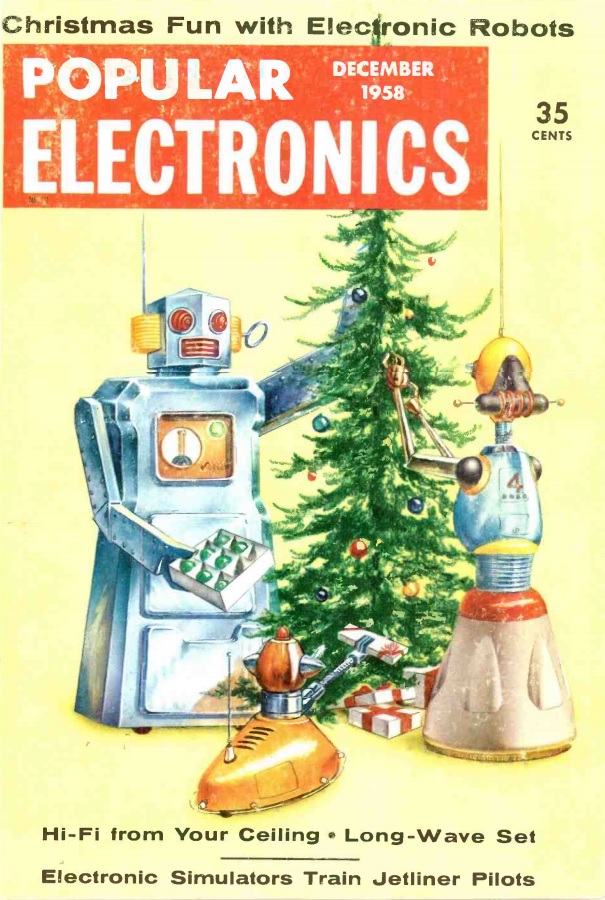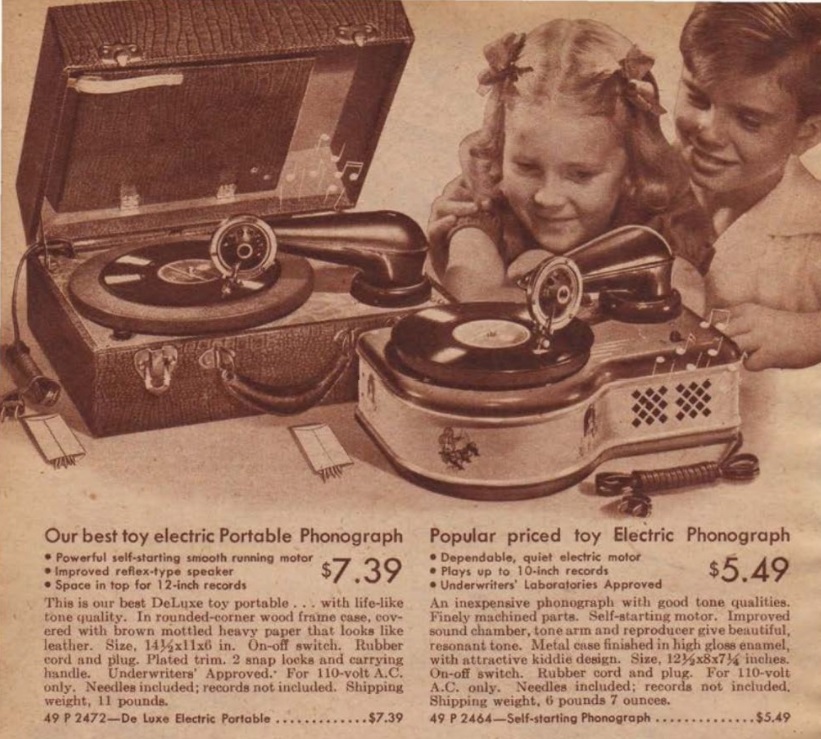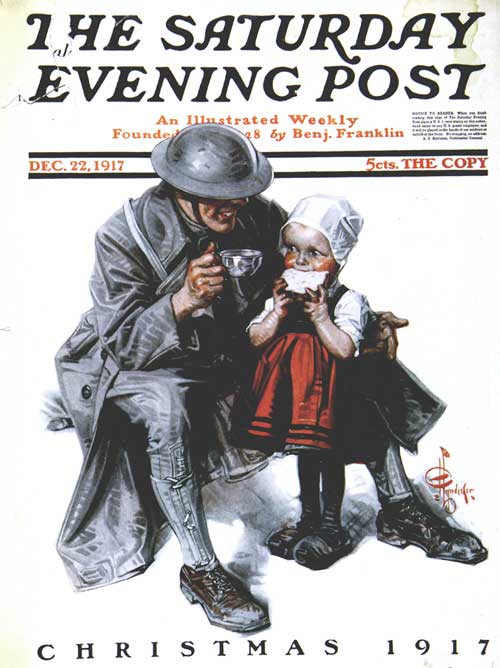 On this Christmas Eve, remember the American soldiers and Belgian sailors lost in the sinking of the SS Léopoldville, a Belgian ship chartered by the British Admiralty to transport American soldiers to fight in the Battle of the Bulge. The ship sailed from Southampton across the English Channel to Cherbourg. About five miles from its destination, the ship was torpedoed by a German U-boat. About a hundred men were killed instantly.
On this Christmas Eve, remember the American soldiers and Belgian sailors lost in the sinking of the SS Léopoldville, a Belgian ship chartered by the British Admiralty to transport American soldiers to fight in the Battle of the Bulge. The ship sailed from Southampton across the English Channel to Cherbourg. About five miles from its destination, the ship was torpedoed by a German U-boat. About a hundred men were killed instantly.
The captain and crew spoke no English, and the American soldiers didn’t understand the abandon ship instructions given in Flemish. Some soldiers boarded lifeboats, but many did not realize that the ship was sinking. Various errors prevented other vessels from being notified, and many went down with the ship or succumbed to hypothermia in the icy waters of the Channel. Approximately 763 American soldiers, as well as 56 members of the crew, died.
The military kept the details of the incident a secret, and discharged soldiers were even told that they couldn’t speak of the incident lest they lose their GI benefits. Documents regarding the incident remained classified until 1996.
References





